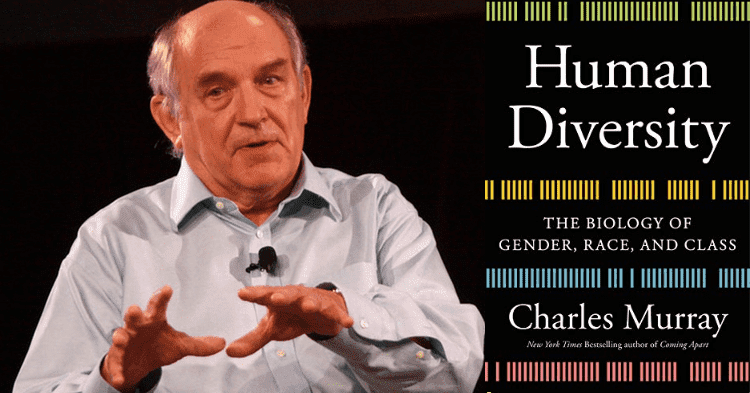

Few will directly access the sources he cites, and fewer still will know how to evaluate the methods and findings of these sources, or the conclusions that Murray draws from them. Many readers will assume that Murray’s representations are accurate. The issues are complex, and Murray does not always present the whole picture. The rest of the book, however, is considerably more problematic. It is obvious that Murray put a great deal of work into making these sections clear and accessible, and his success in doing so makes them the strongest parts of the book. Murray recognizes this and provides several lengthy sections explaining the technical issues in some detail so that non-specialists can understand them. In fairness to Murray, the genomic and psychometric literatures he is writing about are difficult and technical ones. It turns out that the assumptions underlying this biological approach-particularly as applied by Murray-also rest on a great deal of fuzziness, though frequently concealed. This other way is the biological approach, which Murray considers hardheaded and rigorous, as opposed to the fuzzy thinking of the constructionists. The main thrust of Murray’s book, however, is to show that there is another way-an alternative to social constructionism-for understanding human diversity. Questions about the value of social constructionism and the appropriate relationship between theory and activism are important ones, and Murray’s periodic descent into stereotyping and name-calling does nothing to clarify these important issues. This tactic is unfortunate because by conflating the theory with the activists who invoke it, Murray is undermining legitimate critique of both.

3) and, later in the book, a few quotes from theorists, activists, and social critics. Murray’s readers, however, will never know this, as Murray’s entire survey of this literature consists of a single sentence from Berger and Luckmann’s (1966) Social Construction of Reality (p.

In reality, social constructionism is a deep intellectual tradition with an extensive literature. Charles Murray believes that this view has become an unscientific “orthodoxy,” and in his book Human Diversity, he launches a blistering attack against social constructionists, whom he portrays as an academic “elite” who bully and browbeat their critics into submission. Social constructionism holds that race and gender are shaped more by social forces and less by biological facts than people commonly realize. A Hereditarian Edifice on a Foundation of Sand Review of Charles Murray’s Human Diversity


 0 kommentar(er)
0 kommentar(er)
